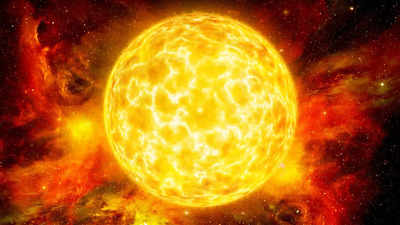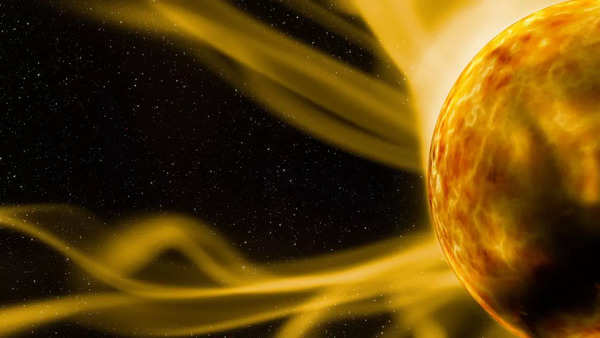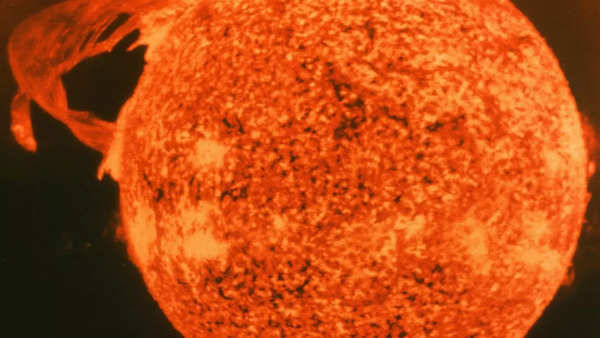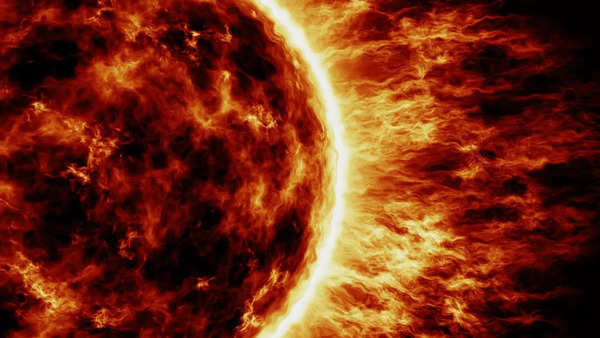[ad_1]

Three small satellites from Curtin University‘s Binar Space Program, designed to eventually burn up upon reentry, disintegrated in Earth’s atmosphere last week. Named “Binar,” which means “fireball” in the Noongar language of Perth’s First Nations people, these CubeSats – Binar-2, 3, and 4 – were placed in low Earth orbit (less than 2,000 km above the surface), where orbital decay gradually pulls satellites down, leading them to burn up.
However the Binar satellites were not scheduled to re-enter the Earth’s atmosphere anytime soon. Lasting only two months, which was just one-third of their expected operational period, this incident points towards a current trend that is being noticed recently- high solar activity. In the past few years, satellite operators have been facing issues due to the increased solar activity.

These solar activities which include- sunspots, solar flares, and the solar wind—a stream of charged particles that travels toward Earth, are driven by the Sun’s magnetic field. And roughly every 11 years, the Sun’s magnetic field reverses, reaching peak solar activity at the cycle’s midpoint. Even as we are aware of this cycle, prediction of solar activities and forecasting is complex and challenging. The current cycle, known as solar cycle 25, is not behaving the way they were predicted. As per reports, indicators of solar activity were more than one and a half times higher than predictions for this point in the current cycle.

This increased solar activity also had its effect on other low Earth orbit objects as well. The most apparent is the presence of auroras. In the past few months auroras have been more intense, brighter and nearer to the equator than in the last two decades.
While the ahead-of-time burning up of CubeSats was the first of such incidents, the increased solar activities do have other implications for bigger satellites and satellite operators too. Increased solar activity brings more frequent solar flares and stronger solar wind, leading to a higher influx of charged particles that can damage the satellite electrical components. It also raises levels of ionizing radiation, increasing exposure risks for astronauts and pilots and potentially disrupting long-distance radio communications.

For satellites in low Earth orbit, the primary effect of increased solar activity is the absorption of extra energy by the outer atmosphere, causing it to expand outward. This expansion leads to a notable rise in atmospheric drag on satellites below 1,000 km, disrupting their orbits and pulling them closer to Earth’s surface.
[ad_2]
Source link
